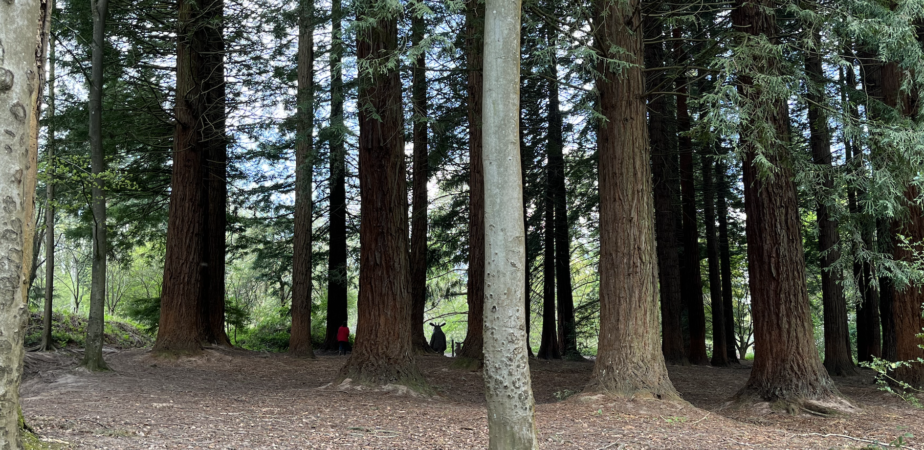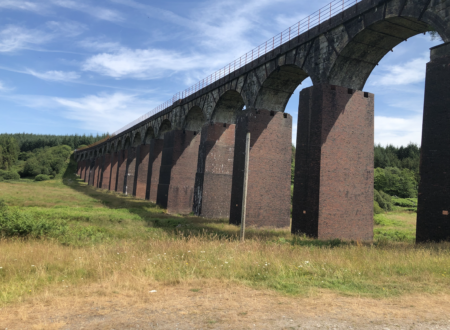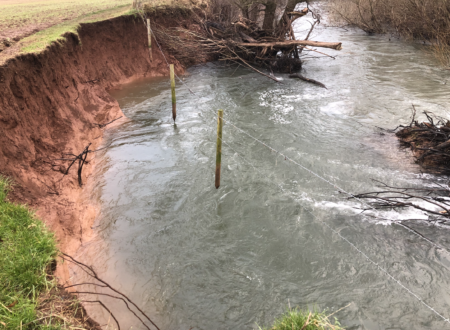Change is a journey and like many journeys, sometimes the path seems obvious, but there's a likelihood of some obstacles that could trip you up - an unseen rabbit hole, intertwined tree-roots, falling branches, deep pools of mud that grip your feet (and maybe a Gruffalo patrolling it's territory…)
Bite-sized Change Management
Change Delivery
Why use Change Management
Business Change
Business Transformation
Client-Supplier Bridge
Planning
Risk
Identifying the Challenges of Change
Written by Nigel Higgs




